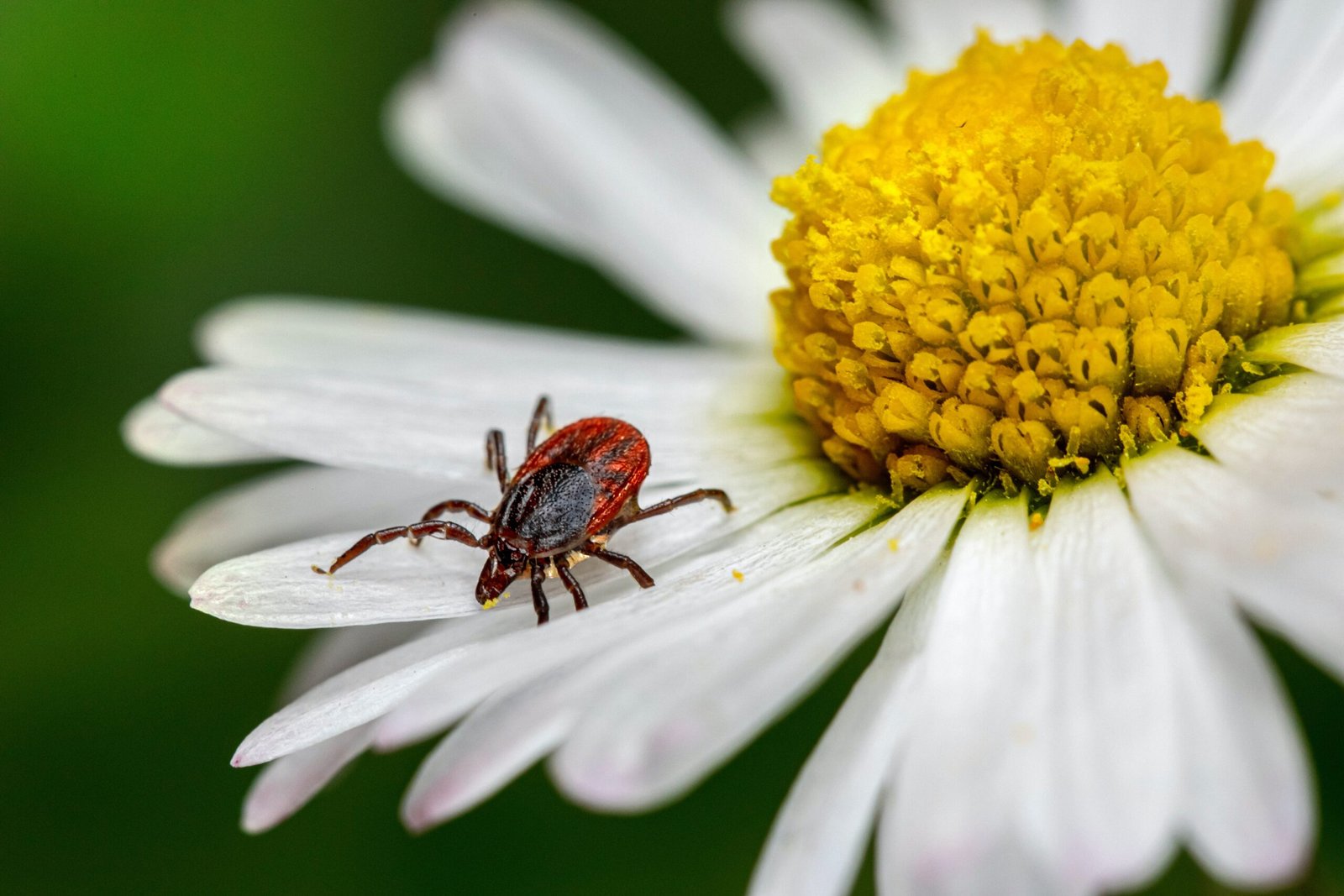Introduction

Arthropods are a diverse and incredibly successful group of invertebrate animals that make up the largest phylum in the animal kingdom. With over a million identified species and countless more awaiting discovery, arthropods exhibit a wide range of fascinating features that have allowed them to thrive across various habitats on Earth. In this blog post, we will explore six remarkable characteristics that define these incredible creatures.
Animals
First and foremost, arthropods belong to the kingdom Animalia, making them part of the vast and diverse world of animals. While this may seem obvious, it sets them apart from plants, fungi, and other life forms. As animals, arthropods possess the ability to move actively, consume organic matter for energy, and reproduce sexually, contributing to their dynamic and vibrant presence within the ecosystems they inhabit.
Segmented Body Parts
One distinctive feature of arthropods is their segmented body. Their bodies are divided into sections, with the most notable segments being the head, thorax, and abdomen. This segmentation provides them with flexibility and versatility in movement, allowing them to adapt to different environments and perform a wide array of activities essential for survival, such as feeding, mating, and escaping predators.
Exoskeleton, Invertebrate
Arthropods boast an external skeleton, known as an exoskeleton, which provides structural support and protection for their bodies. Unlike vertebrates, arthropods lack an internal backbone, classifying them as invertebrates. The exoskeleton is made of a tough, chitinous material, which is both lightweight and robust. It acts as a suit of armor, safeguarding arthropods from external threats and preventing excessive water loss.
Jointed Appendages
One of the most defining characteristics of arthropods is their jointed appendages. These specialized limbs are attached to their body segments and serve various functions, such as walking, swimming, grasping, or even sensing the environment. The jointed design enables precise and coordinated movements, contributing to the incredible agility and efficiency displayed by arthropods in their everyday activities.
Symmetrical
Arthropods generally exhibit bilateral symmetry, meaning their bodies can be divided into two nearly identical halves along a central axis. This symmetry is often most noticeable when observing the arrangement of their appendages. This balanced design not only contributes to their streamlined appearance but also aids in maintaining stability and improved coordination during locomotion.
No Veins
Unlike vertebrates, arthropods lack a circulatory system with veins. Instead, they possess an open circulatory system, where blood-like fluid called hemolymph circulates freely throughout their body cavity. While this system might not be as efficient as the closed circulatory systems found in vertebrates, it still serves the essential function of transporting nutrients, hormones, and waste products, ensuring the proper functioning of their vital organs.
Conclusion
Arthropods captivate scientists and nature enthusiasts alike with their unique and diverse characteristics. From their segmented bodies and exoskeletons to their jointed appendages and symmetrical forms, these remarkable creatures have evolved an impressive array of features that contribute to their success on Earth. As we continue to explore and understand the intricacies of the animal kingdom, arthropods stand as a testament to the incredible diversity and complexity of life on our planet.


